Disclosure: This article contains affiliate links. We may earn a commission from purchases at no extra cost to you, which helps our travel content.
When my midwifery conference in Budapest concluded, I found myself with a precious 48-hour window before my flight home to Melbourne. Rather than lingering in the capital with its tourist-packed streets, I followed a Hungarian colleague's advice and hopped on a train southward to Szeged. Nestled along the Tisza River near the Serbian border, this vibrant university city boasts more sunshine hours than anywhere else in Hungary, earning it the nickname 'City of Sunshine.' What I discovered was a harmonious blend of Art Nouveau splendor, thermal waters that rival Budapest's famous baths, and a youthful energy flowing through its streets as naturally as the Tisza itself. As someone who's spent years studying how waterways shape civilizations, I was instantly captivated by how this river city has evolved—rebuilding itself after a devastating 1879 flood into the architectural jewel it is today. Here's my guide to making the most of 48 hours in this underappreciated Hungarian treasure.
Getting There and Settling In
Arriving in Szeged couldn't be simpler. I caught the direct train from Budapest's Nyugati station, a comfortable two-hour journey through Hungary's golden plains. The railway efficiently delivered me right to the heart of town, where I immediately felt the city's relaxed pace wash over me like a gentle current.
I'd booked a modest but charming guesthouse near Dom Square, perfectly positioned for exploration on foot. Szeged is wonderfully walkable—its center forms a neat grid around the magnificent Votive Church, making navigation intuitive even for directionally challenged travelers like myself. After settling in, I ventured out with my trusty crossbody bag (perfect for keeping essentials secure while staying hands-free for photography) and began orienting myself.
The city immediately struck me as having the architectural grandeur of Budapest but with a fraction of the crowds. Spring sunshine bathed the Art Nouveau facades in a golden light, and university students cycled leisurely along wide boulevards. The air carried the subtle scent of paprika—Hungary's culinary treasure that Szeged is famous for producing. As a midwife who's witnessed countless new beginnings, I felt a kinship with this resilient city that had essentially rebirthed itself after catastrophic flooding in 1879.
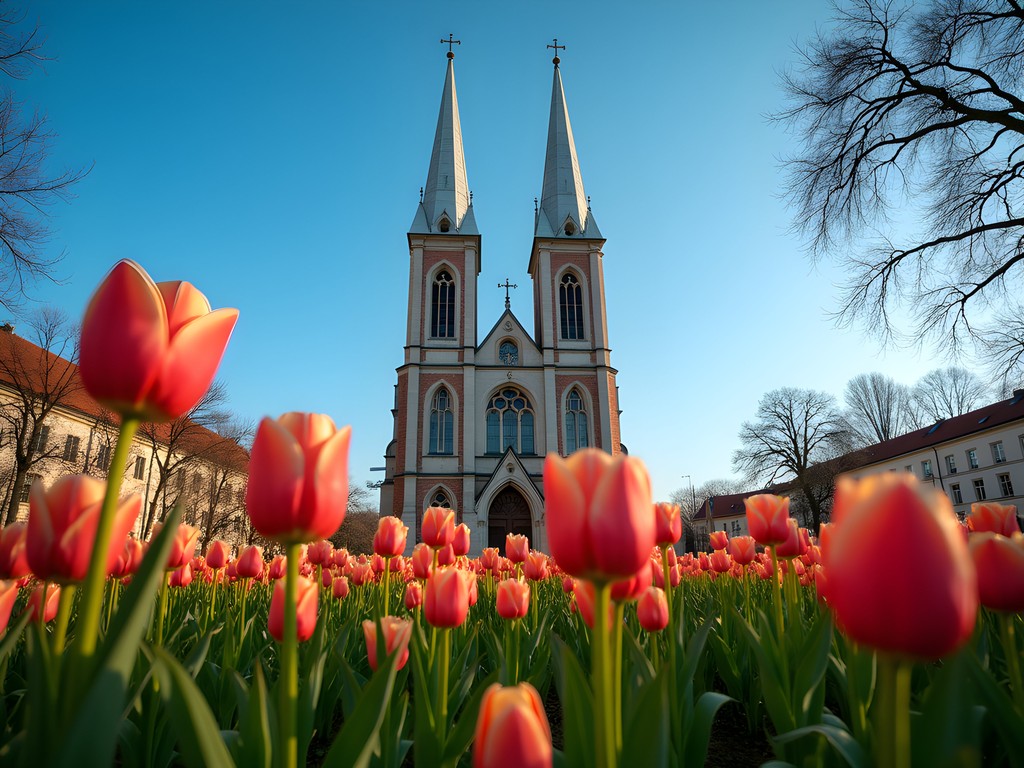
💡 Pro Tips
- Purchase train tickets in advance through the MÁV app for discounted fares
- Stay within the central ring road for easiest access to major sights
- The tourist information center at Széchenyi Square provides excellent free maps and advice
Morning: Architectural Treasures and Market Delights
My first full day began with an early morning walk to Dom Square. In the gentle spring light, with few tourists around, I had the magnificent Votive Church almost to myself. Its twin spires reach skyward like determined hands—a physical manifestation of the city's resilience after the great flood. Inside, the organ pipes reminded me of geological formations, the way they curved and reached toward the heavens.
From there, I wandered to Széchenyi Square, where the City Hall's intricate facade tells stories of Hungarian history through its ornate carvings. What fascinates me about Szeged is how the catastrophic 1879 flood became a catalyst for rebirth—the city was rebuilt in a unified architectural style that gives it a harmonious feel rarely found in European cities. As a midwife, I've witnessed how moments of greatest challenge often precede the most beautiful transformations.
By mid-morning, I found myself at the bustling Szeged Market Hall. This iron-framed building houses a treasure trove of local products, but the undisputed star is the paprika. Szeged's microclimate along the Tisza creates ideal conditions for growing these peppers, which are then dried and ground into the spice that defines Hungarian cuisine. I purchased several varieties to bring home to Melbourne, where I use them in cooking classes I occasionally host for expectant mothers—sharing how different cultures incorporate specific foods into postpartum recovery.
The market vendors were delighted to explain the differences between sweet, hot, and smoked varieties, offering tastings with surprising generosity. I documented everything with my travel camera, which I've found perfect for capturing vibrant market scenes without drawing attention or weighing me down.
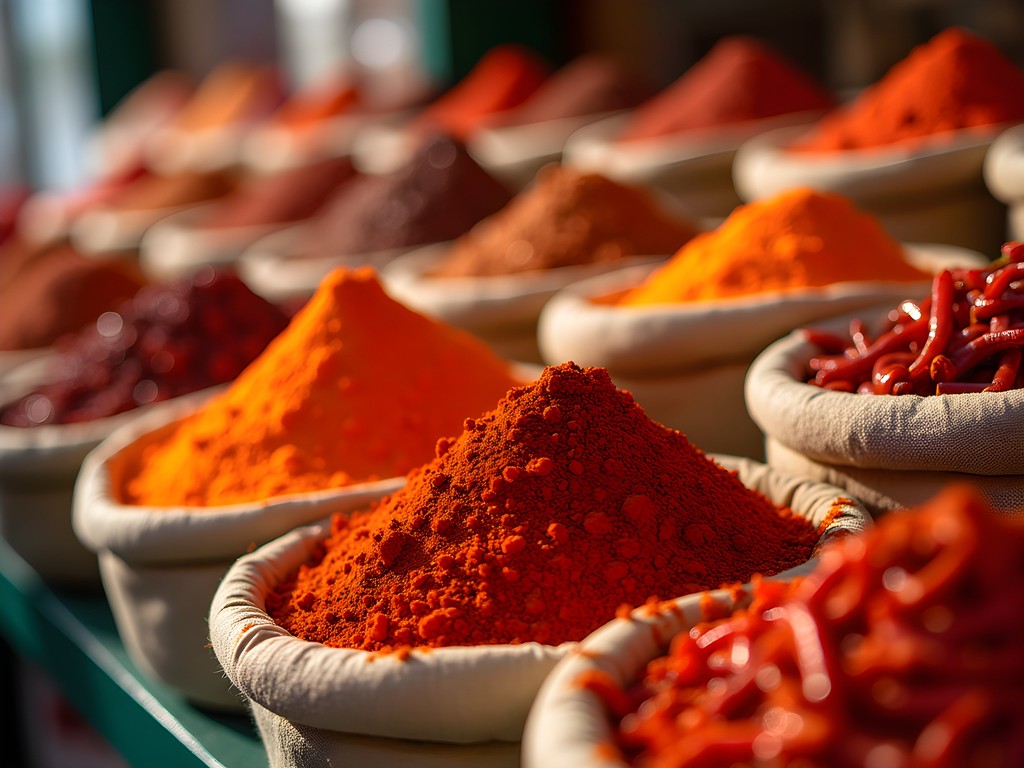
💡 Pro Tips
- Visit Dom Square before 9 am to avoid tour groups
- Look for the 'Original Szeged Paprika' label when purchasing authentic paprika
- The upper level of the market hall has small eateries where you can sample local dishes inexpensively
Afternoon: Riverside Tranquility and Thermal Waters
After a simple lunch of langos (fried bread topped with sour cream and cheese) from a riverside stand, I spent the afternoon exploring the banks of the Tisza River. As someone who's studied how waterways shape civilizations, I find rivers to be the perfect metaphor for birth—powerful, transformative, and following their own timeline despite our attempts to control them.
The Tisza embankment offers a lovely pedestrian promenade where locals fish, students read on benches, and families enjoy gelato from nearby shops. I walked across the iconic 'Old Bridge' (Belvárosi híd) for panoramic views of both riverbanks, taking note of how the city has adapted to live harmoniously with the water that once nearly destroyed it.
As afternoon turned to evening, I treated myself to Szeged's lesser-known but magnificent thermal baths at Anna Fürdő. While Budapest's baths draw international crowds, here I found myself among locals who have made this wellness ritual part of their weekly routine for generations. The Art Nouveau building houses several pools of varying temperatures, each rich in minerals from deep underground thermal springs.
Soaking in waters that had journeyed through geological layers formed millions of years ago, I couldn't help but draw parallels to the ancient birthing practices I'd studied in Peru, where thermal waters were used to ease labor pain. I struck up a conversation with an elderly Hungarian woman who explained how local midwives once recommended these specific mineral waters for postpartum recovery. These connections across cultures and time periods continue to fascinate me.
Before heading to the baths, I'd packed my essentials in a waterproof pouch that's been indispensable for protecting my phone and valuables during countless thermal bath visits across the globe.
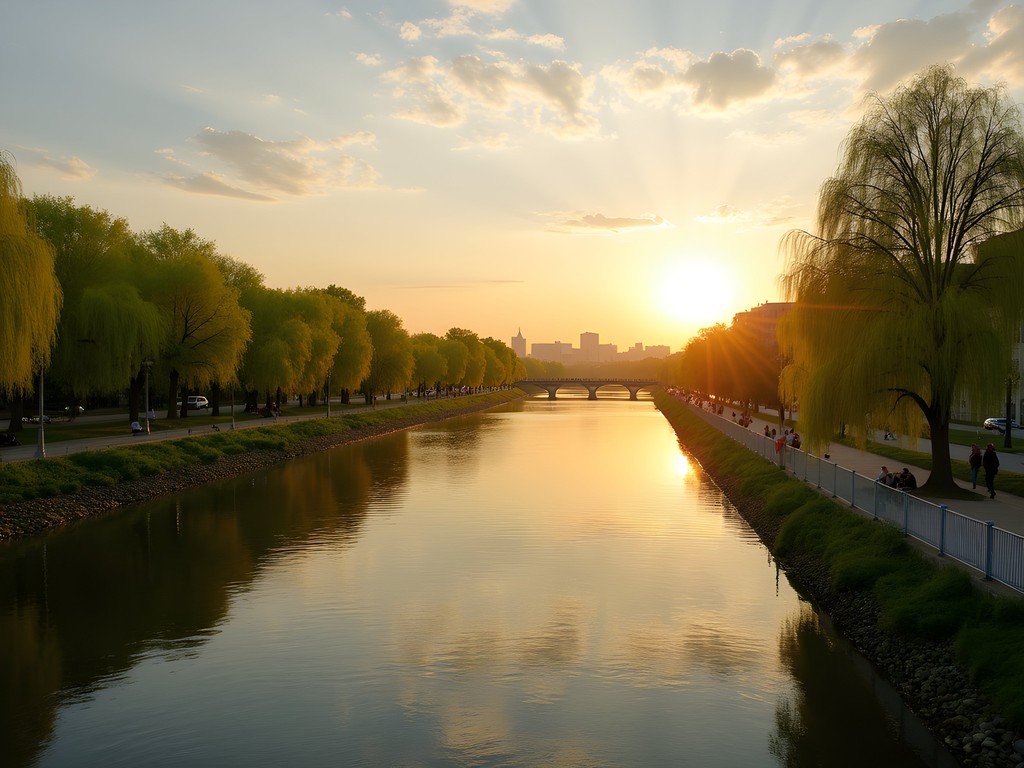
💡 Pro Tips
- Bring your own towel and flip-flops to the thermal baths to save on rental fees
- The best views of the Tisza River are from the Old Bridge at sunset
- Look for the small riverside wine bars that serve local varieties from nearby vineyards
Evening: Cultural Immersion and Culinary Delights
Szeged truly comes alive in the evening, when the university population emerges to fill the outdoor terraces of cafés and restaurants around Klauzál Square. I found myself drawn to a small restaurant recommended by my guesthouse host, where I experienced authentic Szeged-style fish soup (halászlé). This paprika-infused broth with river fish is practically a religion here—each family guarding their own recipe variations like precious heirlooms.
The soup arrived at my table still bubbling in a traditional cauldron, its deep red color a testament to the generous use of local paprika. My server explained how fishermen along the Tisza would prepare this dish directly on riverbanks after a successful catch, a tradition dating back centuries. The complex flavors—simultaneously smoky, sweet, and carrying just the right amount of heat—told the story of this river city in a single spoonful.
After dinner, I was fortunate to catch a student performance at the magnificent Szeged National Theater. This neo-baroque building survived the great flood and stands as a cultural centerpiece of the city. The performance featured modern interpretations of Hungarian folk dances, the rhythmic movements echoing the flow and occasional turbulence of the nearby Tisza.
Later, I discovered a hidden courtyard café where local musicians were playing traditional instruments. Nursing a glass of Tokaji (Hungary's famous sweet wine), I recorded snippets of the music on my phone to share with my colleagues back in Melbourne. These authentic cultural moments—unplanned and discovered through wandering—are what make solo travel so rewarding for me.
Before leaving my guesthouse that evening, I'd applied some insect repellent as a precaution against the mosquitoes that sometimes appear near the river in spring. It's lightweight, non-greasy, and doesn't have that overwhelming chemical smell of many repellents—perfect for evenings out.
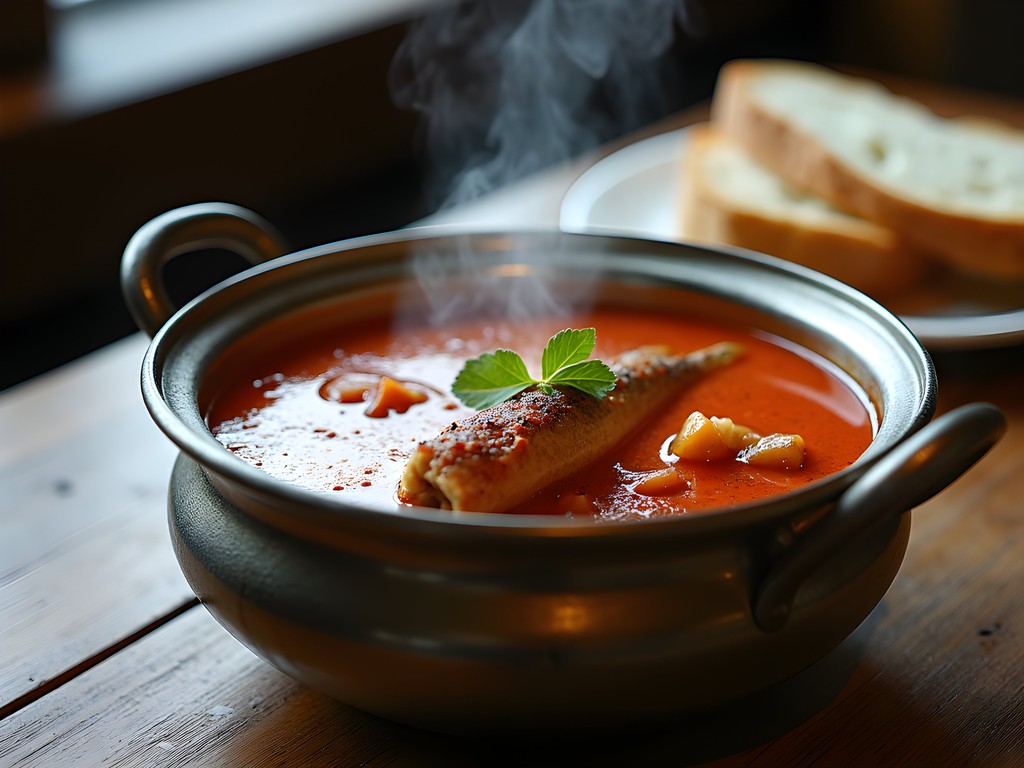
💡 Pro Tips
- Reserve tickets for the National Theater online, as popular performances sell out
- Order fish soup 'Szeged style' with mixed river fish rather than just carp for the most authentic experience
- Many cafés offer student discounts—if you're traveling on a budget, ask about special prices
Day Two: Hidden Gems and Local Connections
My second day began with a visit to the Pick Salami and Szeged Paprika Museum—an unexpectedly fascinating glimpse into the culinary heritage that defines this region. The museum chronicles how these two products shaped Szeged's economy and identity. I was particularly interested in learning how paprika was initially used medicinally before becoming a culinary staple, much like many herbs I've studied in traditional birthing practices around the world.
Midday found me exploring the charming neighborhood of Alsóváros, home to the 15th-century Franciscan Church and Monastery. This area feels frozen in time, with traditional low-slung houses painted in pastel colors and elderly residents tending to window boxes overflowing with geraniums. The monastery houses a small but significant collection of folk healing artifacts, including tools once used by traditional midwives—an unexpected professional connection that delighted me.
I spent the afternoon hunting for treasures in Szeged's vintage shops, which offer remarkably reasonable prices compared to similar stores in Western Europe. My favorite find was a hand-embroidered blouse with traditional Hungarian patterns that reminded me of similar needlework I'd seen in Peru—another beautiful example of how certain artistic expressions emerge independently across cultures.
As the day cooled into evening, I joined a small sunset boat tour on the Tisza. Our local guide pointed out wildlife along the shoreline and explained how the river's seasonal rhythms influenced everything from local agriculture to folklore. There's something universally sacred about rivers—they've witnessed the entirety of human history while remaining essentially unchanged, much like the birthing process itself.
The boat tour offered excellent photography opportunities, and I was grateful for my lens cleaning kit that kept my camera lenses free from water spots and dust. When you're capturing once-in-a-lifetime travel moments, these simple tools make all the difference.
My final evening ended with a visit to a small wine cellar specializing in regional varieties. The sommelier explained how the volcanic soils north of Szeged create distinctive mineral notes in their wines—another beautiful intersection of my interests in geology and local culture. I purchased a bottle of Kékfrankos (Blaufränkisch) to bring home to my husband, whose geological work has given us both an appreciation for how earth elements influence everything from wine to architecture.
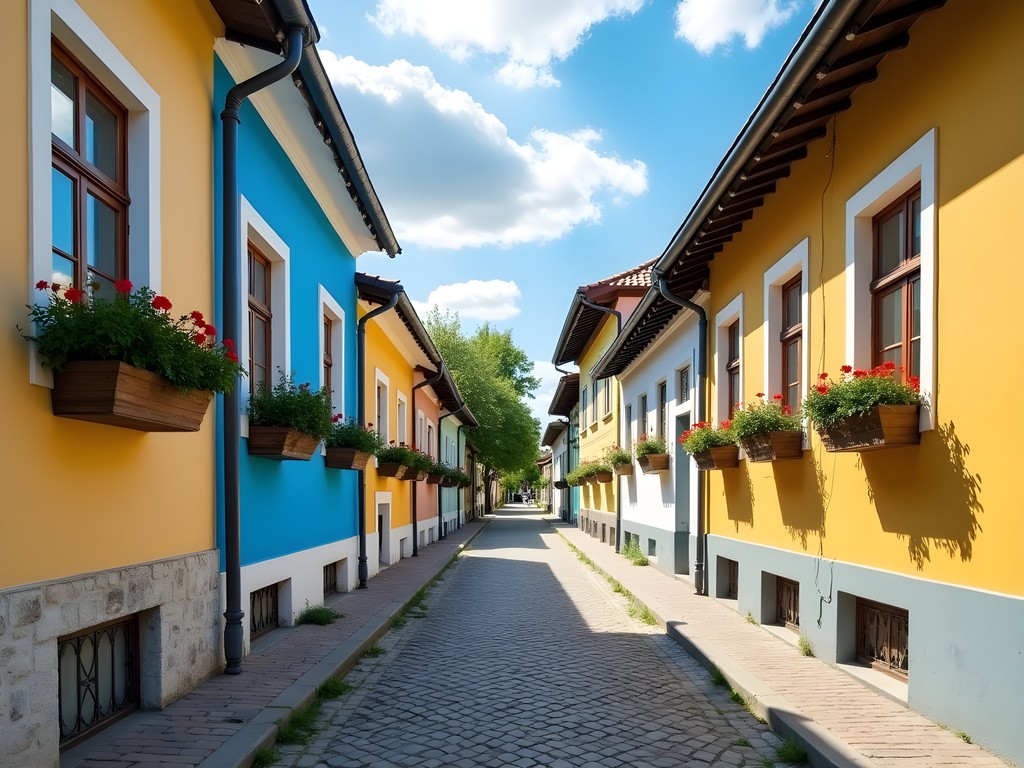
💡 Pro Tips
- The Pick Salami Museum offers generous tastings at the end of the tour
- Many vintage shops close for a long lunch break (12-3pm), so plan your shopping accordingly
- Book the sunset boat tour at least one day in advance through your accommodation
Final Thoughts
As my train pulled away from Szeged toward Budapest Airport, I reflected on how this unplanned detour had become one of my most cherished European experiences. Szeged embodies what I value most in travel—authentic cultural immersion, historical depth, and unexpected connections to my professional interests. This resilient river city, reborn after disaster and basking in Hungary's most generous sunshine, offers a perfect alternative to Budapest's increasingly crowded streets. Whether you're drawn to architectural beauty, thermal waters, culinary discoveries, or simply the pleasure of exploring a place where tourists remain a novelty rather than the norm, Szeged rewards with experiences that feel genuinely authentic. As midwives, we often remind expectant parents that the most beautiful journeys don't always follow the expected path—advice that applies equally well to travel. Sometimes the greatest discoveries await just a short train ride from where everyone else is looking.
✨ Key Takeaways
- Szeged offers the architectural splendor and thermal bath culture of Budapest without the crowds
- The city's unified Art Nouveau and eclectic style resulted from rebuilding after the 1879 flood
- Local specialties like paprika and fish soup connect visitors to centuries of culinary tradition
- Spring brings ideal weather and blooming flowers that enhance the city's already considerable charm
📋 Practical Information
Best Time to Visit
Spring (April-May) or early autumn (September)
Budget Estimate
$50-80 per day including accommodation, food, and activities
Recommended Duration
2-3 days
Difficulty Level
Easy

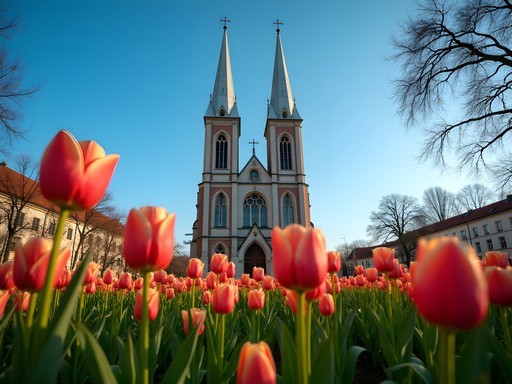
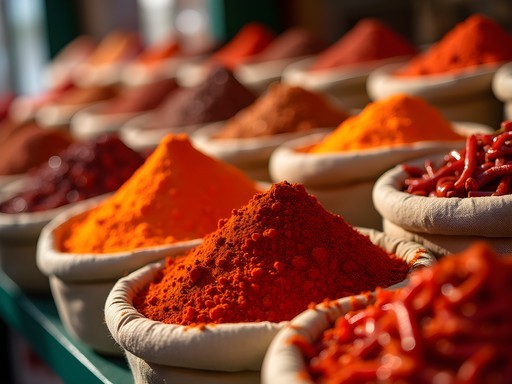
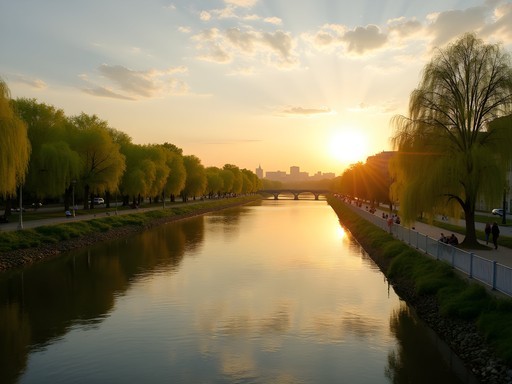
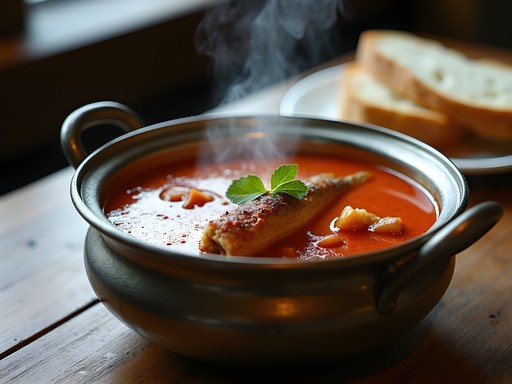
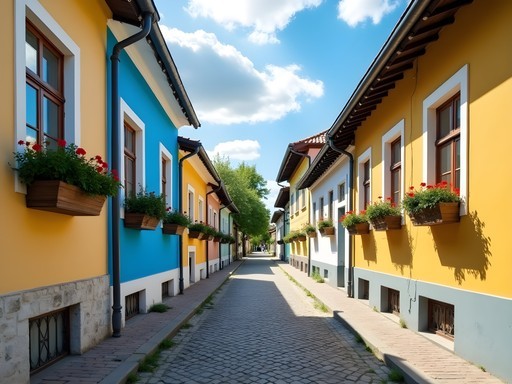



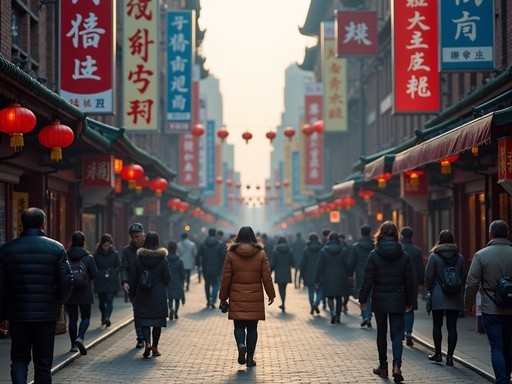
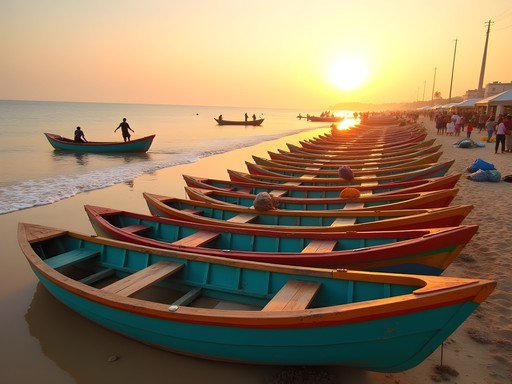
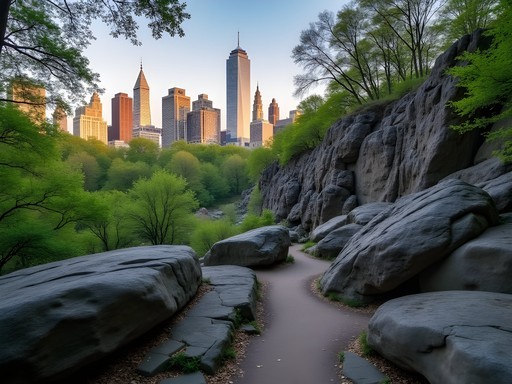
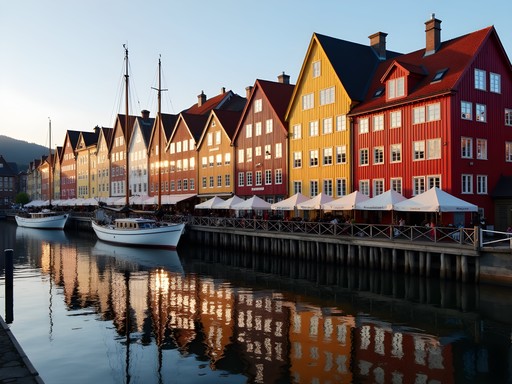
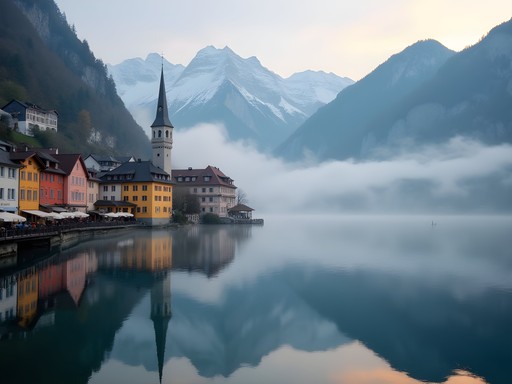
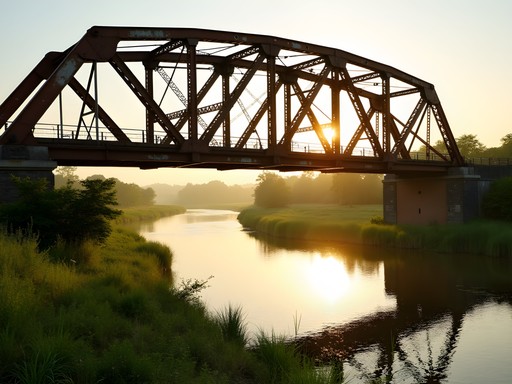
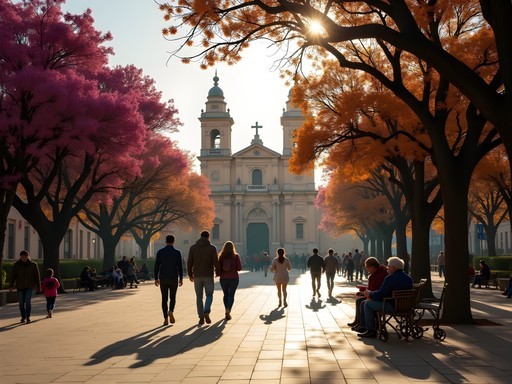
Comments
wanderlustchamp
Great post! I visited Szeged last year and would add that the tram system is super easy to use. Also, if anyone's planning to go, bring a good pair of walking shoes - I wore my hiking sandals and they were perfect for exploring the old town cobblestone streets while still being cool enough for the hot weather. The Pick Salami museum is also worth checking out if you have extra time!
nomadace
Thanks for the tip about the Pick Salami museum! Is it walking distance from the city center?
wanderlustchamp
It's a bit outside the center, but easily reachable by tram. Took maybe 15 minutes total from Dom Square.
mountainseeker
Those fish soup photos are making me hungry! Did you get the recipe?
Allison Cole
I tried! The restaurant owner just laughed and said it's been in his family for generations. The secret is apparently in how they prepare the paprika base.
Lillian Diaz
That's so typical! I had the same experience trying to get a goulash recipe in Budapest. Some secrets are meant to stay in Hungary I guess!
Lillian Diaz
Allison, I literally just got back from Hungary last month and completely missed Szeged! Now I'm kicking myself. Your description of those paprika-laden dishes has my mouth watering. I did something similar when I was in Poland - skipped out of Warsaw after a conference to explore Wrocław for 3 days and it became the highlight of my trip. Those unexpected detours always seem to create the most authentic travel memories, don't they? Did you happen to catch any local festivals while there? I've heard summer in Szeged has some amazing cultural events. Bookmarking this for my inevitable return to Hungary!
Allison Cole
Lillian, I just missed their big Open Air Festival by a week! Apparently they transform Dom Square into this massive outdoor theater during summer. The locals couldn't stop telling me how I should've planned around it. Definitely something to consider for your return trip!
nomadace
This is exactly the kind of hidden gem I've been looking for my upcoming Hungary trip! I was planning to just do Budapest, but you've convinced me to add Szeged. How crowded were those thermal baths compared to the famous ones in Budapest? I've heard the Széchenyi baths are beautiful but absolutely packed with tourists, so Szeged sounds like a refreshing alternative!
Allison Cole
The Anna Thermal Bath was so peaceful compared to Budapest's baths! I went mid-afternoon on a weekday and shared the entire main pool with maybe 10-12 locals. No selfie sticks in sight!
nomadace
That sounds heavenly! Adding it to my itinerary for sure. Thanks!
George Hayes
Great post on Szeged! One tip for anyone planning to visit - try to time your trip with the Open Air Festival if possible (usually late June to early July). We caught the tail end of it last year, and watching a performance at the massive outdoor theater in front of the Votive Church was magical. The whole plaza transforms into this incredible cultural space. Also, don't miss trying túrós csusza (cottage cheese pasta with bacon) - my kids declared it the best pasta they'd ever had, which is high praise from teenagers!
beachdiver
That festival sounds amazing! Is it easy to get tickets or does it sell out quickly?
George Hayes
We bought tickets just a few days before and had no problems! It's popular with locals but not overrun with international tourists yet.
hikingadventurer
That sunset photo by the Tisza River is absolutely gorgeous! Makes me want to book a ticket right now.
Allison Cole
Thanks! It was even more beautiful in person. The riverside promenade is perfect for evening walks.
sunnylife
We stopped in Szeged during our Hungary road trip last summer and absolutely loved it! Wish we'd planned more than just a day there. The architecture was stunning and the food was amazing. Much more relaxed vibe than Budapest. Your post captures the essence perfectly!
sunsetnomad
Did you feel safe walking around at night? Planning a solo trip.
Allison Cole
Absolutely! The city center felt very safe, even in the evening. Lots of people out enjoying the riverside and squares. As always with solo travel, just keep your usual street smarts about you.
beachninja
Those paprika market photos are making me hungry! Definitely saving this for my Hungary trip next year!
freeking
Just got back from Hungary and split my time between Budapest and Szeged based on this post. So glad I did! Szeged was much more relaxed and prices were noticeably cheaper. The architecture really is incredible for such a small city. I'd recommend bringing a good pair of walking shoes though - I tracked over 20k steps daily exploring all the side streets. My Lonely Planet Hungary barely mentioned Szeged, which is criminal considering how beautiful it is. Thanks for putting this place on my radar!
Venture X
Premium card with 2X miles, $300 travel credit, Priority Pass